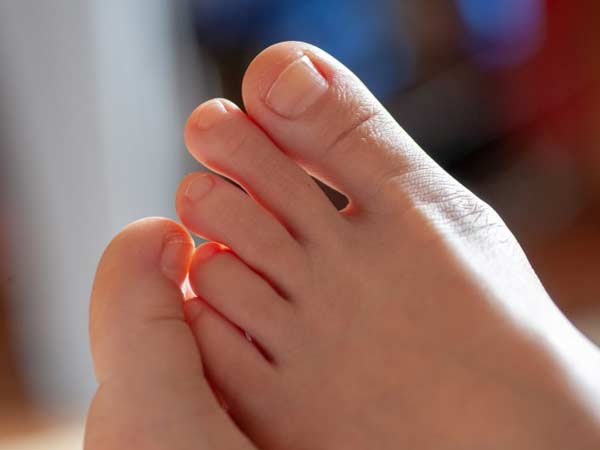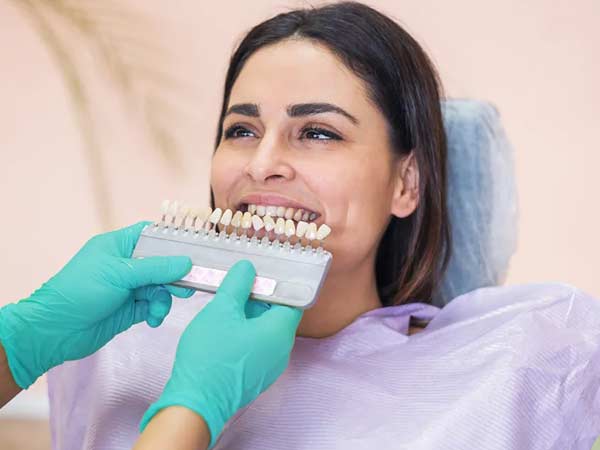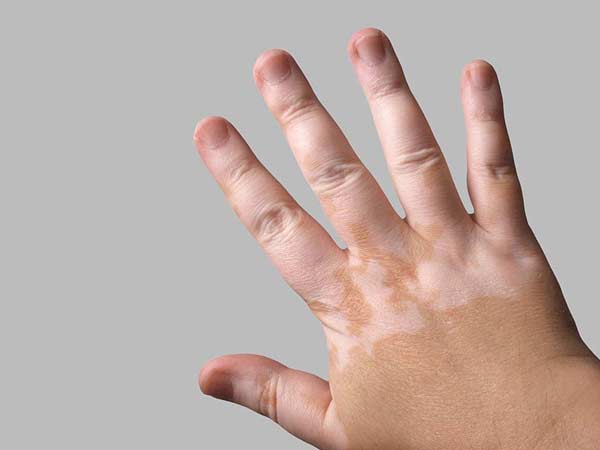
Surgical nail removal can be done for severe or returning fungal nail infections. The entire nail (avulsion) or only part of the nail (debridement) can be removed.
Surgical nail removal can be done in a clinic or your doctor’s office. Your doctor will give you an injection in the finger or toe to prevent pain. He or she will then loosen the skin around the nail (nail folds) from the nail and separate the nail from the skin by using a tool under the nail. If only part of the nail is diseased, only the diseased part is removed.
If you want to avoid future infection by preventing the nail from growing back, your doctor can destroy the nail matrix. This is accomplished by applying a chemical to the cuticle area after the nail plate is removed. An antibiotic ointment is applied to the wound, which is then covered with gauze and tape.
What To Expect After Surgery
For the first few weeks after surgery, clean and dry the wound. Then apply a layer of antibiotic ointment. The wound should heal within a few weeks. Fingernails may take 6 months to grow back, and toenails may take 12 to 18 months to grow back.
Why It Is Done
Surgical nail removal is usually performed only when a large portion of the nail is diseased and damaged or if your nails are very painful. In some cases, only the diseased portion is removed, not the entire nail. This procedure is rarely needed.
How Well It Works
After the diseased nail has been removed, the infection can be further treated by applying an antifungal cream to the remaining infected area or by taking oral antifungal medicine.
Risks
Risks of this procedure include:
- Pain.
- Infection. You can reduce the risk of infection by keeping the area clean and dry and regularly applying antibiotic ointment.
- Abnormal nail growth. When the nail grows back, it may be odd in shape and appearance.
What To Think About
Nail removal makes it possible to apply an antifungal cream directly to the infected area, increasing the likelihood that the infection can be cured. For a chronic severe fungal nail infection, you can choose to have the nail matrix destroyed during the removal procedure. This treatment prevents a diseased or disfigured nail from growing back.







